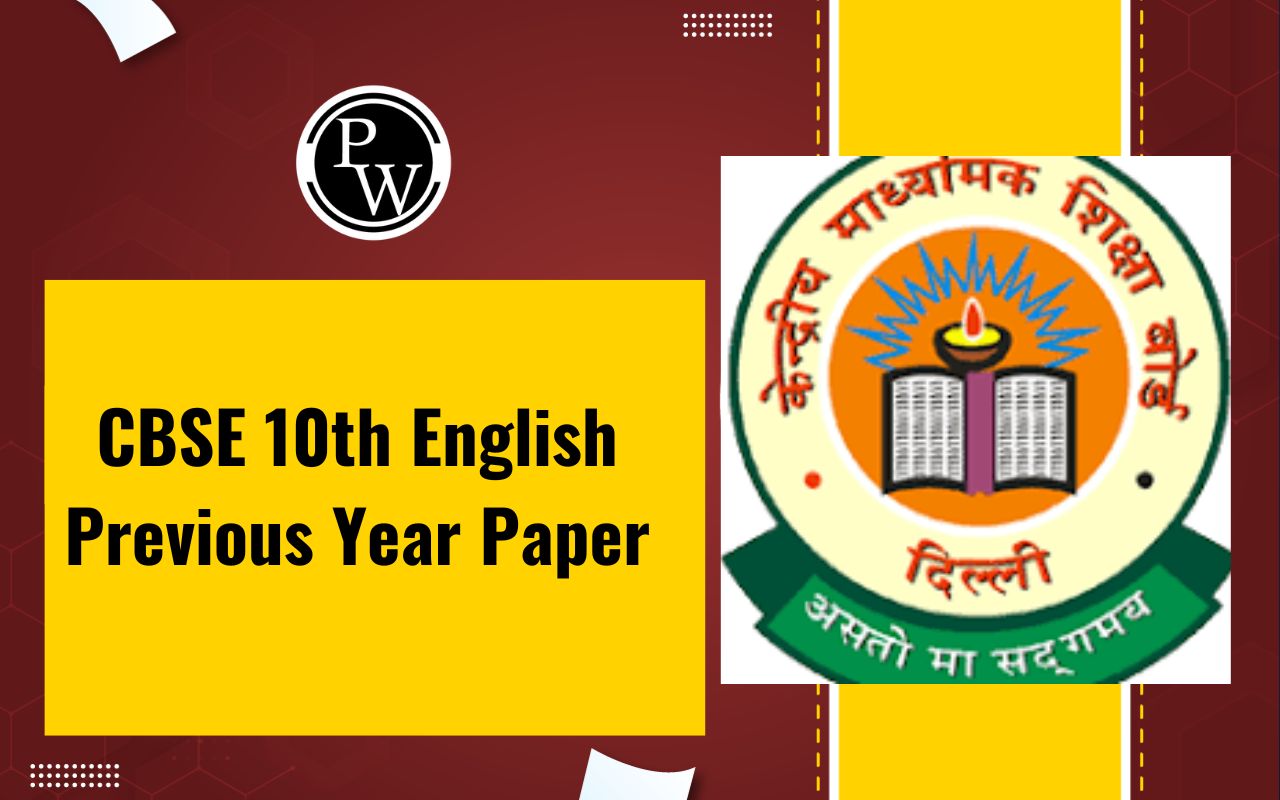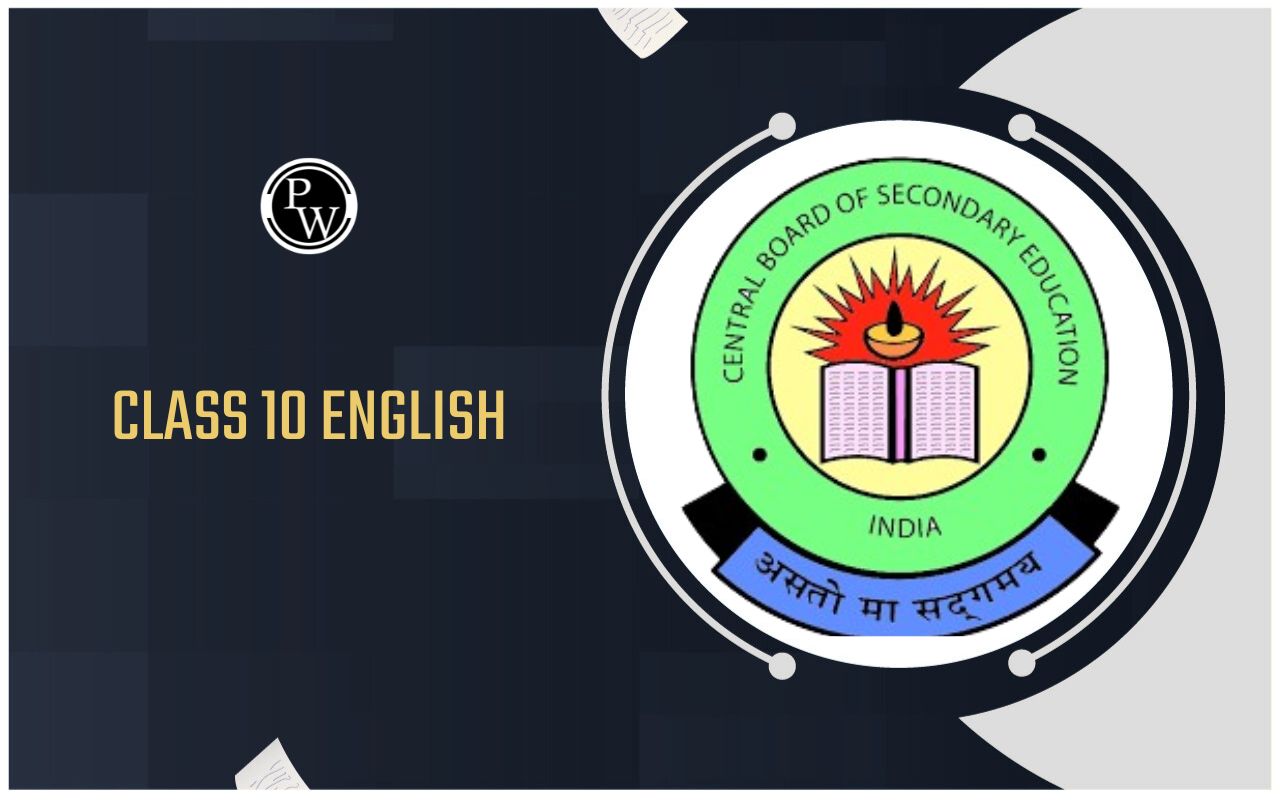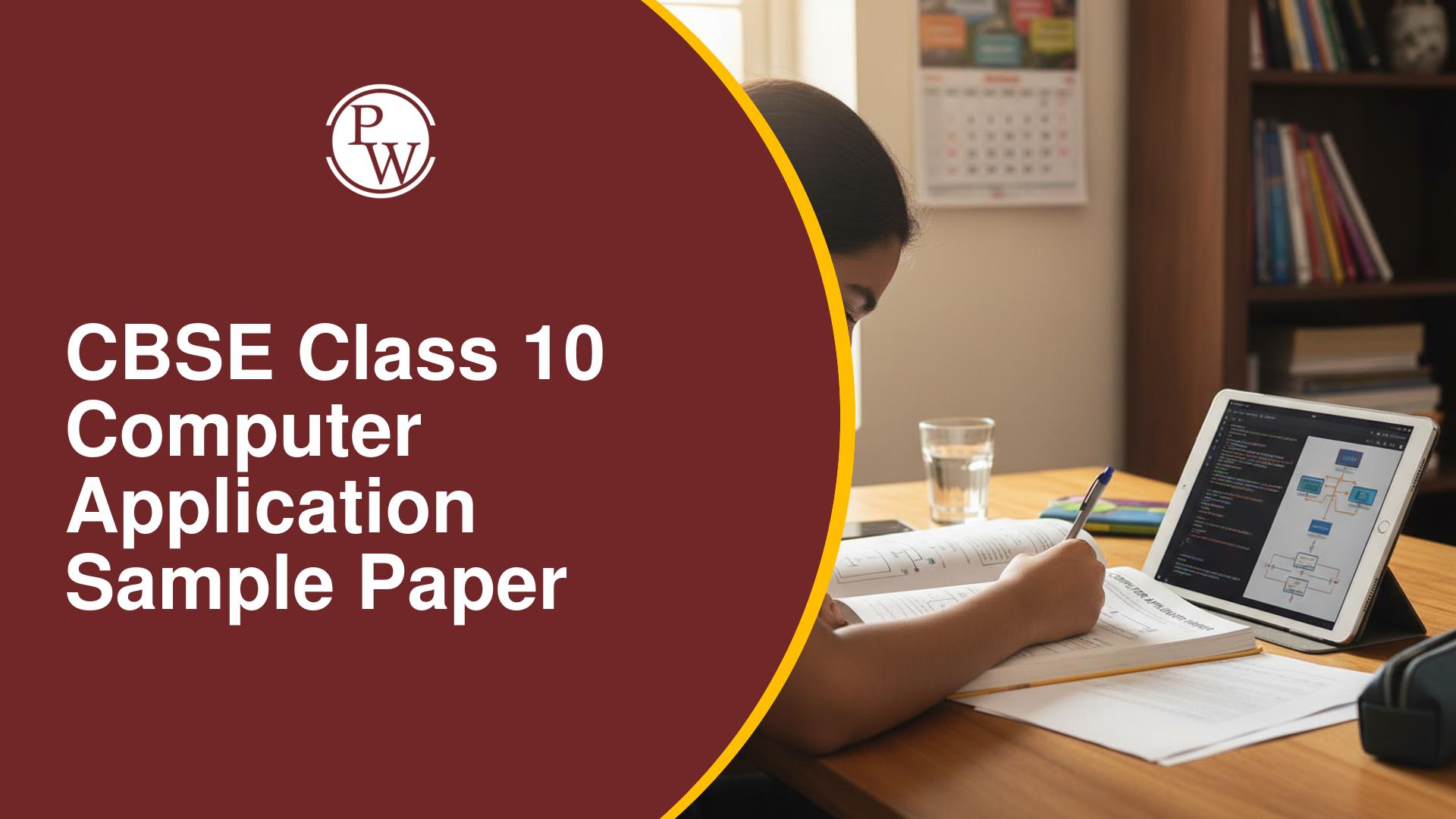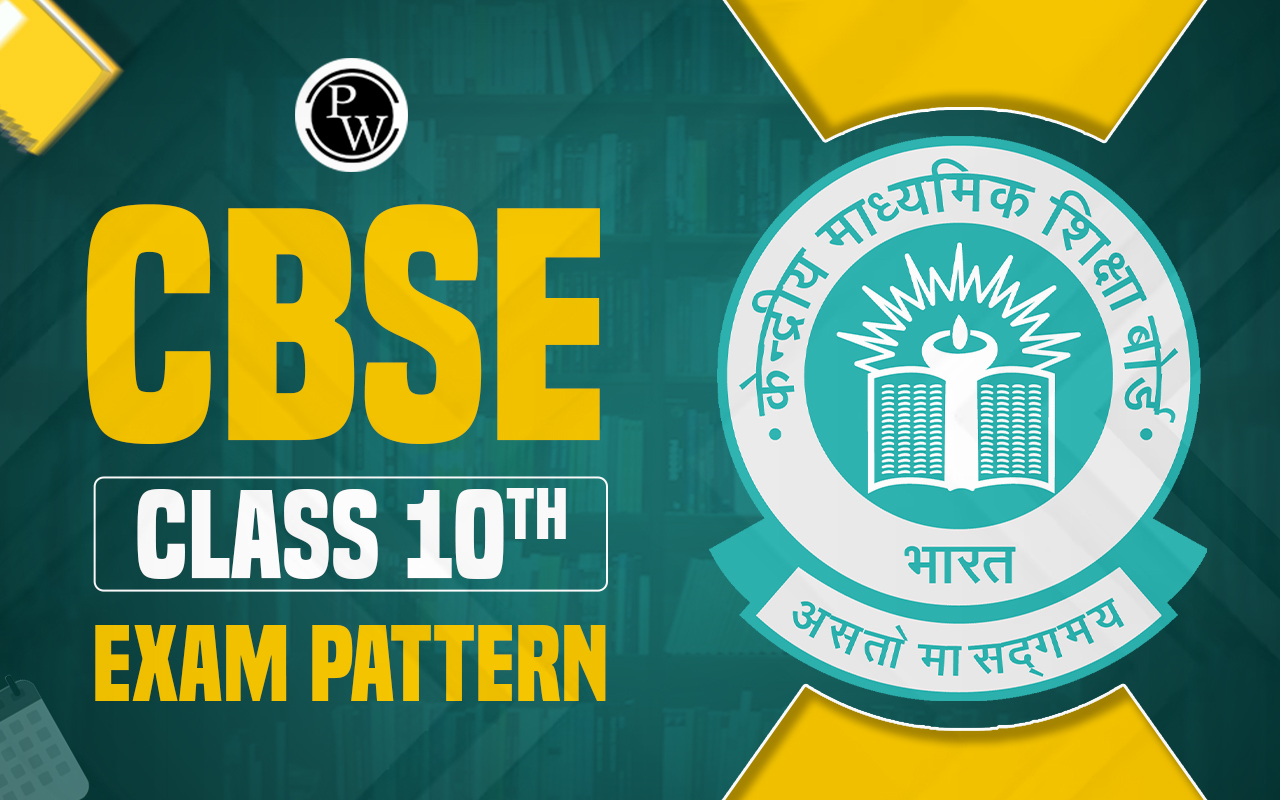
In a major step towards reducing student stress and promoting flexible assessments, the Central Board of Secondary Education (CBSE) has officially announced that the Class 10 board examinations will now be held twice a year, starting from the academic session 2026.
The announcement was made on June 25, 2025, following the recommendations of the National Education Policy (NEP) 2020. The new system will follow the existing CBSE Class 10 syllabus and exam pattern, allowing students two chances within the same academic year to appear for the board exams.
Overview of the CBSE Class 10 New Exam Format
Under the revised examination structure, students will be given two opportunities in an academic year to appear for the board exams:
-
First Exam (Mandatory): Scheduled to be held in mid-February, this will be compulsory for all students.
-
Second Exam (Optional): To be held in May, this phase is optional and is meant for students who wish to improve their scores in up to three subjects.
Subjects Eligible for Improvement
Students can choose to improve their performance in Science, Mathematics, Social Science, and Languages. They can appear for improvement in any three of these subjects.
Objective Behind the Change for CBSE Class 10
The move aims to:
-
Reduce the "high-stakes" pressure of a single annual board exam.
-
Provide a second chance within the same year to improve marks.
-
Encourage continuous learning over rote memorization.
-
Make the evaluation system more student-centric and flexible, as envisioned by the NEP 2020.
According to CBSE Examination Controller Sanyam Bhardwaj, “This change is aimed at helping students perform better without having to wait for an entire year. It also encourages consistent learning.”
Internal Assessment Policy
The internal assessment will be conducted only once during the academic session. The marks will be applicable for both board exam phases.
Who Can Appear for the Second Exam?
The second phase in May will be open to:
-
Students appearing for improvement in up to 3 subjects.
-
Compartment cases (students who didn’t pass one or more subjects in the first attempt).
-
Essential repeat candidates.
-
Fresh candidates who missed the first phase due to valid reasons.
-
Students from winter-bound schools.
-
Sportspersons whose national/international events clash with exams.
-
CWSN candidates (Children With Special Needs) who require accommodations.
In some cases, such students may even take the second exam as their main attempt.
Impact on Students and Education System
This new exam structure is expected to:
-
Relieve exam anxiety and pressure among students.
-
Offer more flexibility and fairness in evaluation.
-
Support holistic development, as students can learn from mistakes and improve without being penalized by a once-a-year system.
-
Experts believe that this change will level the playing field, especially for students from different learning backgrounds.
CBSE Class 10 Board Exams Conducted Twice a Year from 2026 FAQs
Is it mandatory to appear for both exams?
From which year will CBSE conduct Class 10 board exams twice a year?
How Will Class 10 Students Benefit from Two Exams a Year?
What happens if I fail in the first exam?
Which subjects are allowed for improvement in the second exam?










